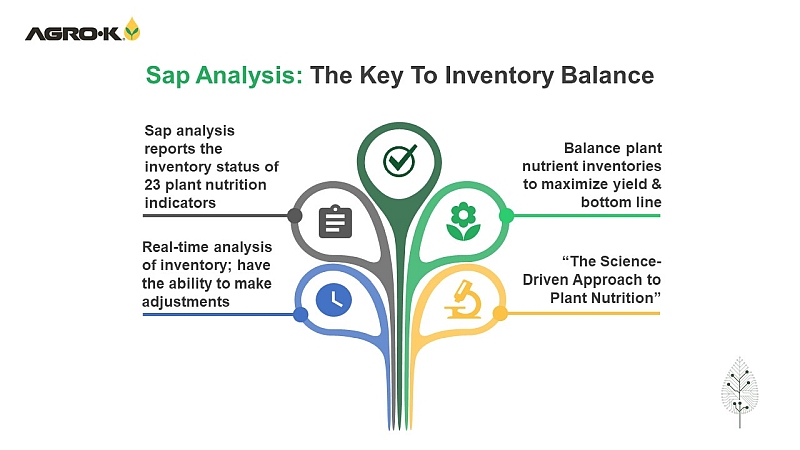Sustainable Options For Brown Marmorated Stink Bug Control

Brown marmorated stink bug can wreak plenty of havoc on fruits such as the internal damage seen this apple. (Photo credit: Brett Blaauw, Rutgers University)
The brown marmorated stink bug (BMSB), unfortunately, is here to stay. Found in the U.S. in the late 1990s, this pest attacks apples, peaches and several other fruits and vegetables. Plus, it can be found in virtually all states — from Virginia to Washington.
American Fruit Grower® and Western Fruit Grower™ magazines spoke with Brett Blaauw, a research associate at Rutgers University, who has been working on sustainable pest management practices to control BMSB. He offers insight on scouting techniques, the signs of damage, and sustainable control options.
How bad is the BMSB problem in fruits and vegetables this growing season?
Blaauw: BMSB is indeed problematic in both fruits and vegetables. BMSB have been observed feeding on more than 150 different types of plants, including more than 30 types of agricultural crops. Orchard crops like apples, pears, and peaches are high-risk crops, and if management practices are not in place, the damage can be severe.
For example, peach is an excellent host for BMSB throughout the season. Feeding on peaches causes small holes that can lead to discolored spots or depressions on the fruit surface and areas of brown, “cork-like” necrotic tissue internally.
This year, in terms of damage to vegetables and fruits, estimates due to BMSB seem to be lower than in previous years. As crops begin to be harvested, however, we will have a better understanding of how much damage has occurred. Additionally, populations of some of the native stink bug species seem to have increased dramatically this year.
How does the control strategy of reduced input benefit crops, and how does timing play into this control method?
Blaauw: Reduced input refers to the strategy of exploiting the natural behavior of BMSB to attack the perimeter or border of a crop first before dispersing into the crop’s interior. This entails maintaining a fresh application of insecticide to the perimeter of the crop, controlling BMSB before they infest the entire field while also reducing the amount of insecticide used to manage this pest. This strategy was successfully tested in peach and apple orchards through a SARE-funded project (lead by Nielsen) investigating Integrated Pest Management — Crop Perimeter Restructuring (IPM-CPR) where insecticide applications for BMSB were focused primarily along the crop perimeter. The IPM-CPR strategy reduced insecticide inputs for BMSB by up to 75% while managing the bugs in the orchards and their subsequent damage at levels equal to or better than that in the conventionally managed orchards.
What are other options to control this pest?
Blaauw: The other main type of control is the use of insecticides on the infested crop. Additionally, there is a multi-state, SARE-funded project that is currently investigating the use of the BMSB pheromone plus synergist to attract the bugs to specific areas of the orchard and then using insecticides to control the bug only in that one area. Similar to the IPM-CPR method, this “Attractattract-and-kill” strategy exploits BMSB behavior and can significantly reduce the amount of insecticides applied to the crop field.
What are your predictions for stink bug populations this growing season?
Blaauw: It is too early to make even an educated prediction about populations, but as a precaution, I would assume that BMSB populations will be high. Next year’s populations will depend on how the populations end up after this season, as well as how cold and harsh it will be next winter. We can be hopeful that we will have another low population year, but we generally are not that lucky.










